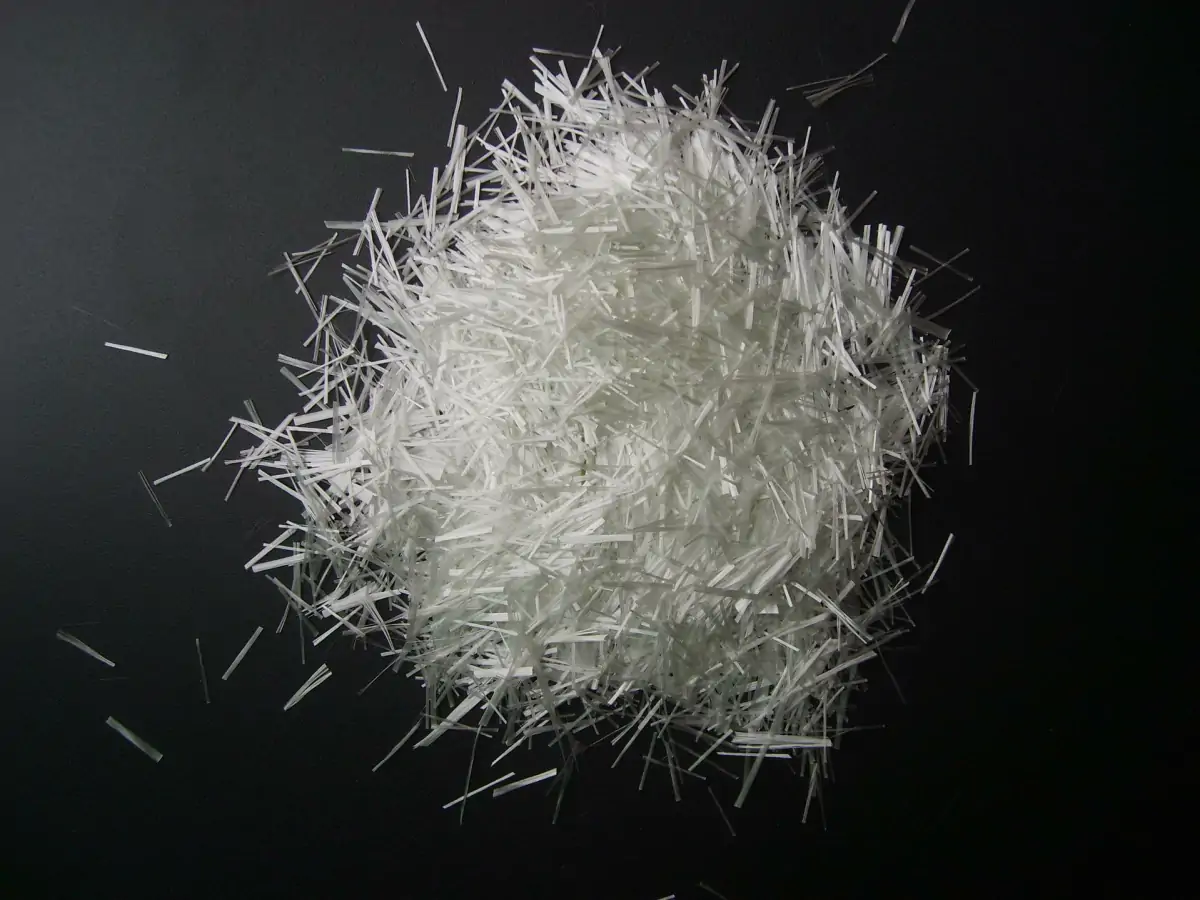Understanding Optical Fibers: Materials, Properties, and Applications
Introduction to Optical Fibers
Optical fibers are a type of optical waveguide, characterized by their long and flexible structure. They are primarily composed of glass or polymers, with fused silica (amorphous silicon dioxide, SiO2) being the predominant material used in fiber optics. This is particularly true in the realm of optical fiber communications, where the properties of silica are highly advantageous.
Properties of Silica in Optical Fibers
Optical Transparency and Absorption
Silica fibers exhibit exceptional optical properties, including low absorption and scattering, particularly around the 1.5 μm wavelength. This results in minimal losses, approximately 0.2 dB/km, when the fiber preform is fabricated with high purity. The transparency of silica extends across a wide wavelength range, with specific considerations for hydroxyl group concentrations affecting transparency in different regions.
Mechanical and Chemical Stability
Silica fibers possess remarkable mechanical strength, capable of withstanding significant pulling and bending forces. The strength is further enhanced with appropriate polymer jackets. Chemically, silica is stable and resistant to water, although prolonged exposure to humidity can cause gradual degradation. Protective coatings may be necessary in environments prone to hydrogen darkening, such as oil and gas wells.
Doping and Its Effects
The properties of silica glass can be altered through doping with various materials. This process can adjust the refractive index or introduce laser-active ions, creating active fibers used in fiber amplifiers and lasers. Doping materials include GeO2 or Al2O3 for increasing the refractive index, and fluorine or B2O3 for decreasing it. Aluminosilicates are particularly effective for active fibers due to their higher solubility for rare earth ions.
Applications of Silica Fibers
Silica fibers are integral to numerous applications, most notably in optical fiber communications, fiber lasers, amplifiers, and fiber-optic sensors. The extensive development of silica fibers has led to performance enhancements, making them superior to fibers based on other materials. Photonic crystal fibers, a subtype of silica fibers, utilize tiny air holes for guidance, employing either reduced effective index cladding or photonic bandgap effects.
Non-Silica Fiber Alternatives
For specialized applications, non-silica fibers may be more suitable. Phosphate glass fibers are used when high rare earth ion doping concentrations are needed. Fluoride fibers, containing heavy metals, are employed for mid-infrared light transmission and low-energy laser transitions. Plastic optical fibers, being cost-effective and thicker, are ideal for illumination and short-range data transmission.
Conclusion
Optical fibers, particularly those made of silica, are a cornerstone of modern communication and sensing technologies. Their unique properties, combined with the ability to tailor characteristics through doping, make them versatile tools in a wide range of applications. As technology continues to evolve, the role of optical fibers is expected to expand, driving further innovations in the field.
</>

Source: Heaterk
Feel free to comment your thoughts.



